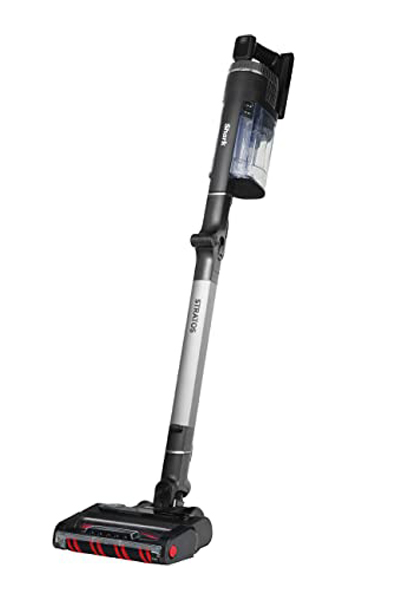The 13 places you're forgetting to vacuum – and expert tips to tackle them quickly
Your vacuum is for more than just your floors

- 1. Behind and under furniture
- 2. Flooring corners and edges
- 3. Blinds and curtains
- 4. Skirting boards
- 5. Coving
- 6. Lights and lampshades
- 7. Behind appliances
- 8. Tumble dryer
- 9. Window sills
- 10. Drawers, wardrobes and cupboards
- 11. Mattresses
- 12. Inside your fridge
- 13. Computer equipment
- The best vacuums for these chores

When you already have a stack of chores on your to-do list, it's all too easy to forget to give parts of your home the attention they deserve. However, some of these places could be easier to tackle than you think, particularly if they happen to be some of the places you're forgetting to vacuum.
Once you know how to use the best vacuum cleaners like a pro, you've likely mastered your vacuuming technique and schedule. That said, it's worth making sure you have some of the often neglected areas of your home are added to your list on a monthly, quarterly or even annual basis to keep your home looking and feeling its best.
Some of these places might be best approached with a cordless vacuum cleaner, but all is not lost if you have a corded machine - you might just need to make sure your extending hose is in good working order so you can use the attachments in some otherwise hard-to-reach places.
We spoke to industry experts, and pulled on our own experience, of the most forgotten places you can clean with a vacuum cleaner, and explain how you can make these places immaculate quickly and easily.
1. Behind and under furniture
It's highly unlikely that you would have the time to clean behind and under furniture each time you get the vacuum out, but it's so easy to keep putting this task off again and again.
'Behind and under furniture are up there with one of the most overlooked areas of the home when cleaning in general,' says Nick Ee, product and training manager at BLACK+DECKER. 'These spots are dust magnets and often get neglected because it’s a bit of a hassle to move heavy furniture in order to clean..
'To make this task easier try using your vacuums hose attachment and tackle the edges and corners without pulling out the whole couch or bed each time. However, for a deep clean, I would recommend moving furniture fully at least once a month to get underneath.'
Get the Ideal Home Newsletter
Sign up to our newsletter for style and decor inspiration, house makeovers, project advice and more.
If you have a pet, choosing one of the best vacuum cleaners for pet hair can help you keep on top of any pet dander that has accumulated.
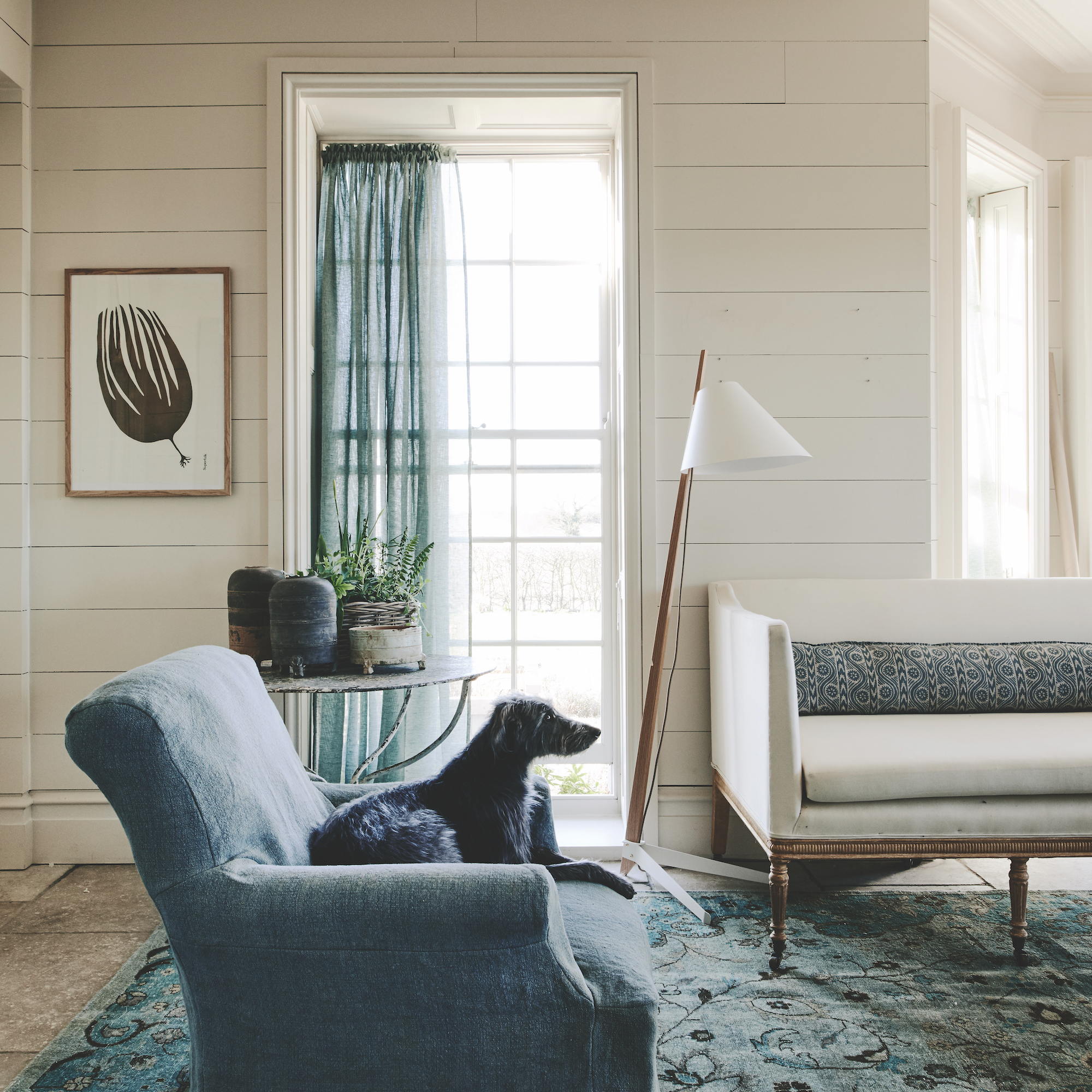
2. Flooring corners and edges
Often hidden by furniture or doors, corners and edges of the floor and stairs are often neglected when it comes to vacuum time. Especially when it can feel like a faff to switch from the regular head to one of your vacuum's attachments. But they can be magnets for dust so it's worth vacuuming them regularly.
'Corners, edges, and other tight spaces are frequently missed during routine vacuuming, yet they collect a surprising amount of dust and allergens,' notes Catrin Davies, senior product manager SDA Hoover.
If your vacuum struggles to get right into the corners, then choosing the right attachment is essential for tackling the dust with ease. Miele’s product training manager, Sophie Lane, explains, 'Using the right attachments can make a significant difference. Crevice tools are ideal for tight spaces and furniture edges, while the dusting brush works well on lampshades, vents, and blinds.'
3. Blinds and curtains
Just the idea of cleaning curtains and blinds can feel like a right hassle, but the job can be made a lot easier by using a vacuum cleaner.
'People often forget to vacuum their soft furnishings, especially window dressings like curtains and Roman blinds,' says Yvonne Keal, senior product manager at Hillarys. 'It's easy to overlook them because they aren't as high-traffic as floors or furniture, but they can collect dust, pollen, and even pet hair over time.'
'To keep your curtains and blinds looking fresh, vacuum them regularly with the soft brush attachment of your vacuum cleaner, moving from top to bottom, paying special attention to the bottom hem, where dust tends to accumulate most. Regular vacuuming helps prevent allergens from building up and keeps your window treatments looking fresh and free from dust.'
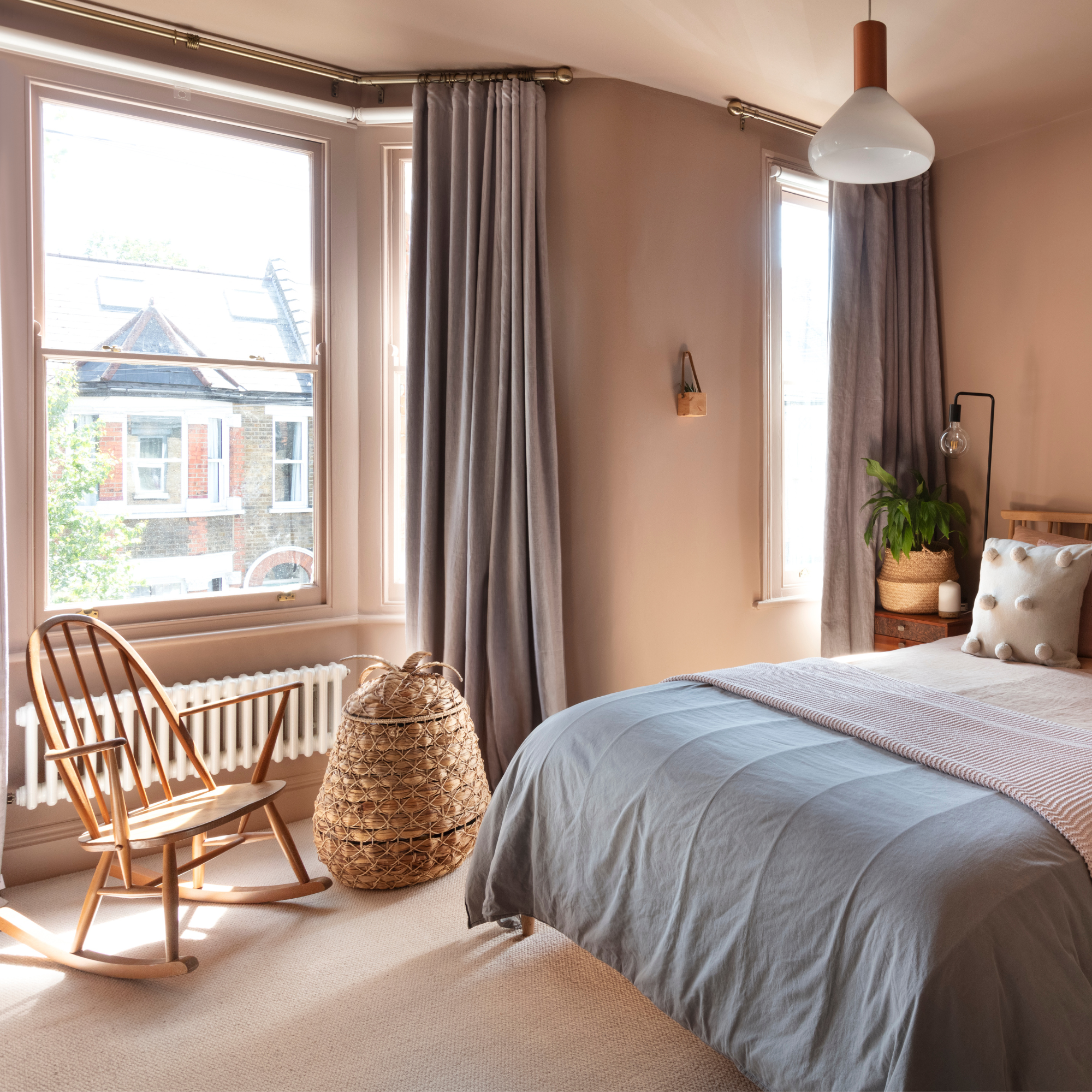
4. Skirting boards
While you might be adept at getting into all the nooks and crannies of your flooring, you might be forgotten to look a couple of inches higher and address the tops of your skirting boards, especially those behind furniture.
But making sure you vacuum these regularly can help the air quality in your home, but removing the build up of dust and allergens.
'Skirting boards are also spots which are easy to miss,' points out Joshua Warren, vacuum cleaner expert at AO.com. 'A soft brush attachment can work wonders to pass along the edges of each room.'
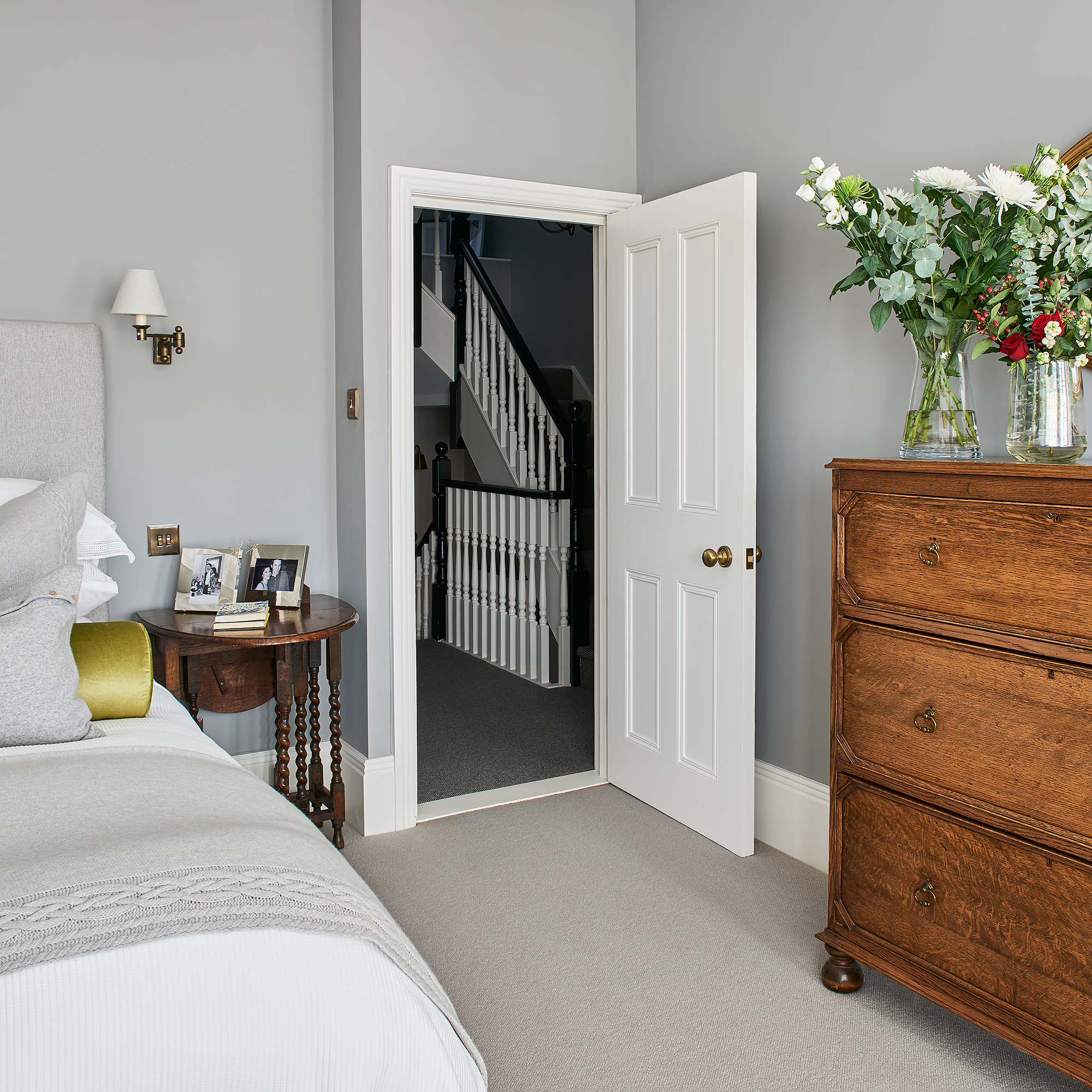
5. Coving
We don't tend to walk around our homes staring at the ceiling, so it's no wonder so many of us neglect to pay attention to our ceilings when it comes to our cleaning routine, making it somewhere we often forget to clean.
But we can also guarantee that we've all had that moment where we see movement in the corner of our eyes, and look up to see a huge cobweb wafting away.
You might get rid of these with a feather duster, but if you have the vacuum out already, it's worth taking a look at your coving, especially in the corners, and say goodbye to the dusty webs, before any guests notice them.
6. Lights and lampshades
In a similar vein, light fixtures and lampshades, whether on the ceiling, wall or table, are all notorious for collecting dust. But they can be hard to reach with a duster, or depending on the lamp shade material, a duster can actually struggle to combat the dust effectively.
That's where your vacuum can come in. Using a soft brush attachment, while the lights are off, can help. For ceiling lights, it's a good idea to remove the shade first, so you can vacuum it without having to work above your head.
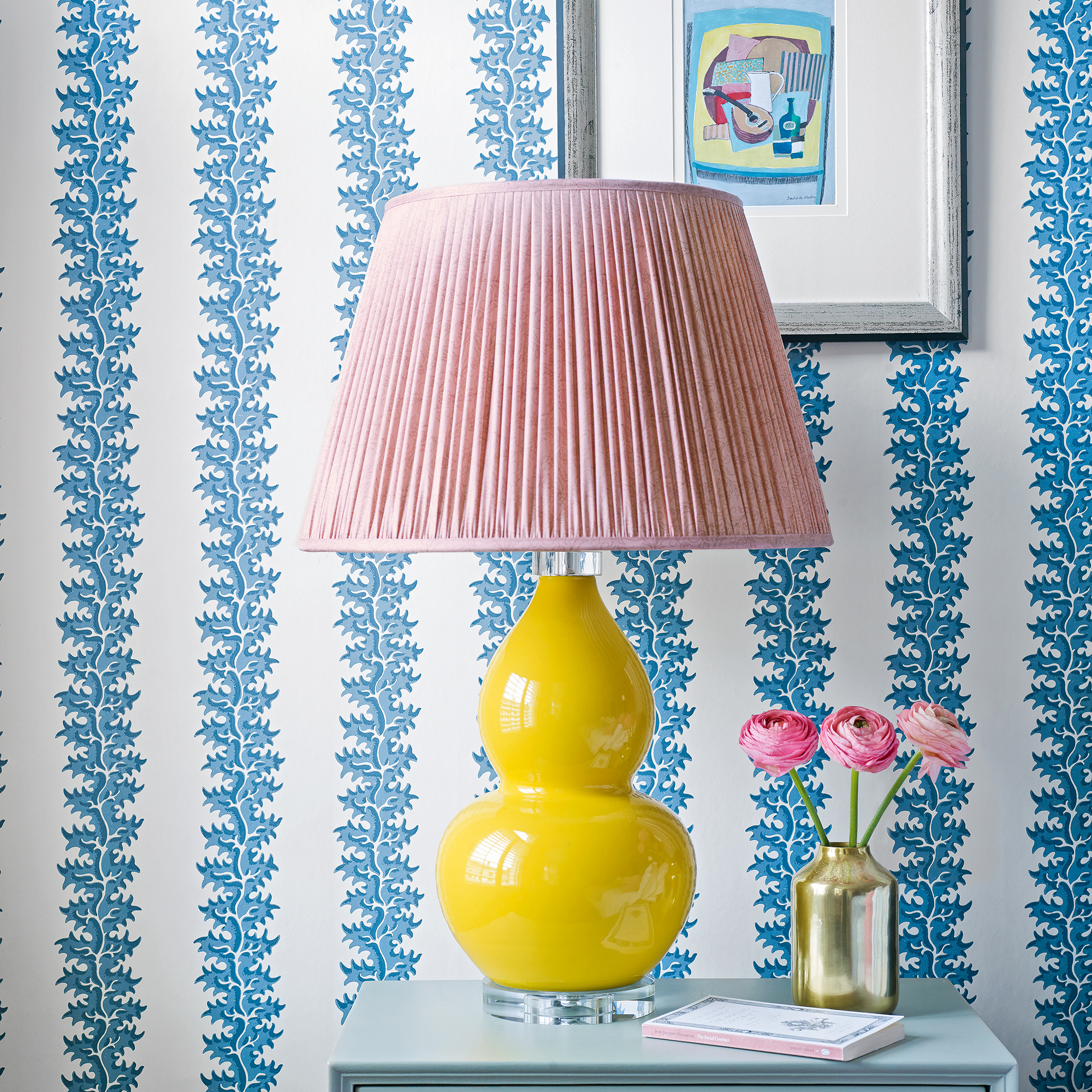
7. Behind appliances
Vacuuming behind big appliances can be difficult due to the logistics of moving the appliance out of the way. But if you can manage it on a semi-regular basis, you'll prevent too must dust and allergen build up.
Even if you have to leave your larger appliances, there are smaller appliances that can hide dust and debris behind or underneath them. If you have a microwave, air fryer, slow cooker, or even a blender on your work surfaces, it's worth moving them, and vacuuming behind them, before running over your work surface with a cloth.
8. Tumble dryer
You might not think of using your vacuum cleaner to help clean your tumble dryer, but it can be really helpful when cleaning out the lint tray, which if not cleared properly could pose a fire hazard.
Open your lint tray and remove the worst of the fluff by hand. Then get your vacuum cleaner, attach the crevice tool and use the lowest suction setting to get into all the nooks and crannies of the tray's housing for a spotless result.
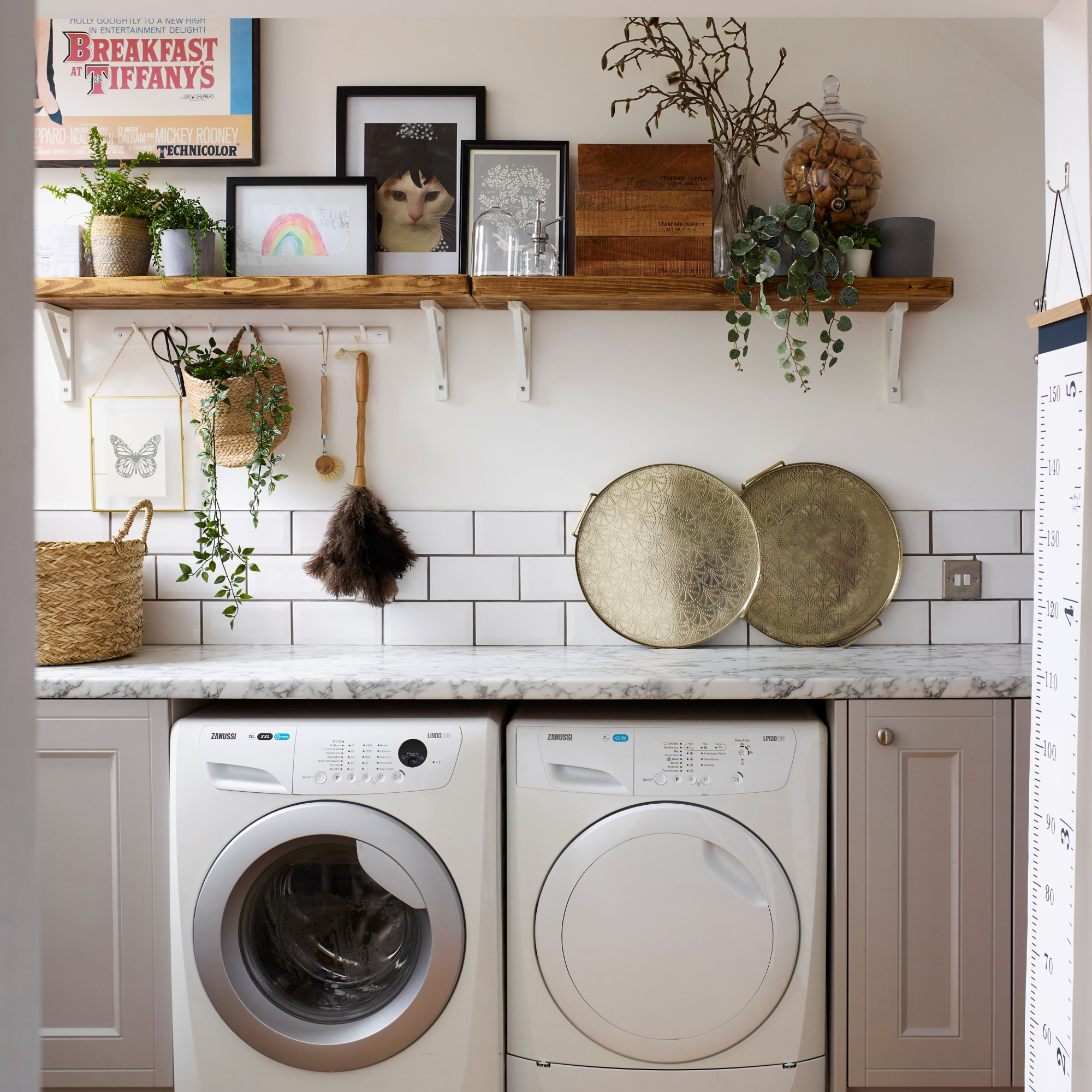
9. Window sills
Make quick work of dusting your window sills by using your vacuum cleaner instead. You can use the crevice tool to get right into the corners for a pristine finish. If you're worried about making a vacuuming mistake and leaving scratches, use a soft brush attachment instead.
10. Drawers, wardrobes and cupboards
Now, this definitely won't be on your weekly to do list, but if you find yourself having a declutter, it's a good idea to keep your vacuum to hand.
There's something incredibly satisfying about having a clear out, even if you are just tackling a drawer, cupboard or side of the wardrobe at a time.
Once you've removed everything from the space you're clearing out, use your vacuum with the crevice tool to get rid of all those dust bunnies, crumbs and whatnot out of all the nooks and crannies to clean your wardrobe floor or drawer base before you put your items back in a delightfully organised fashion.
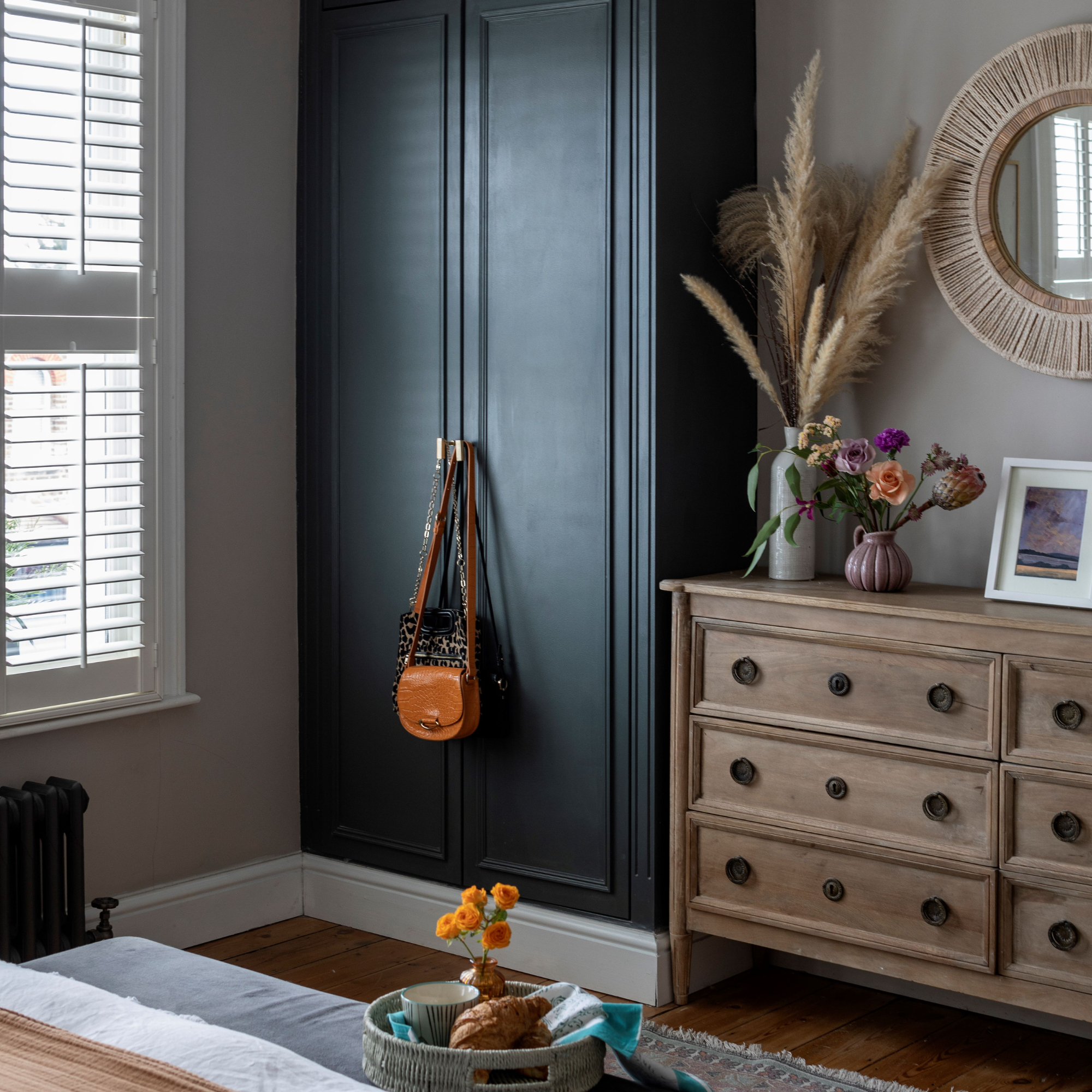
11. Mattresses
If you're not sure whether you should vacuum a mattress, it all comes down to the type of mattress you have. If your mattress is made from synthetic fibres, like foam, memory foam, innerspring and hybrid, then you should be able to vacuum them every six months to keep them fresh. You can do this more often if you or someone in your household suffers with allergies.
'Even the best mattresses and upholstery also benefit from regular vacuuming with the upholstery attachment to keep them fresh,' advises Sophie from Miele.
However, you should avoid vacuuming your mattress if it is made from natural fillings, like cotton, wool, mohair, bamboo, cashmere or silk, as vacuuming can disturb the filling, causing unpleasant lumps and bumps.

12. Inside your fridge
If you've noticed crumbs gathering in your fridge, whether it's on a shelf or around the door seal, using your vacuum can clean them up in a jiffy.
Just make sure there's nothing wet or sticky that you might accidentally suck up your vacuum (or anything on our list of the things you should never vacuum up) causing blockages, or irreversible damage.
Follow up with a damp cloth, or team favourite damp duster, for a spotless clean.
13. Computer equipment
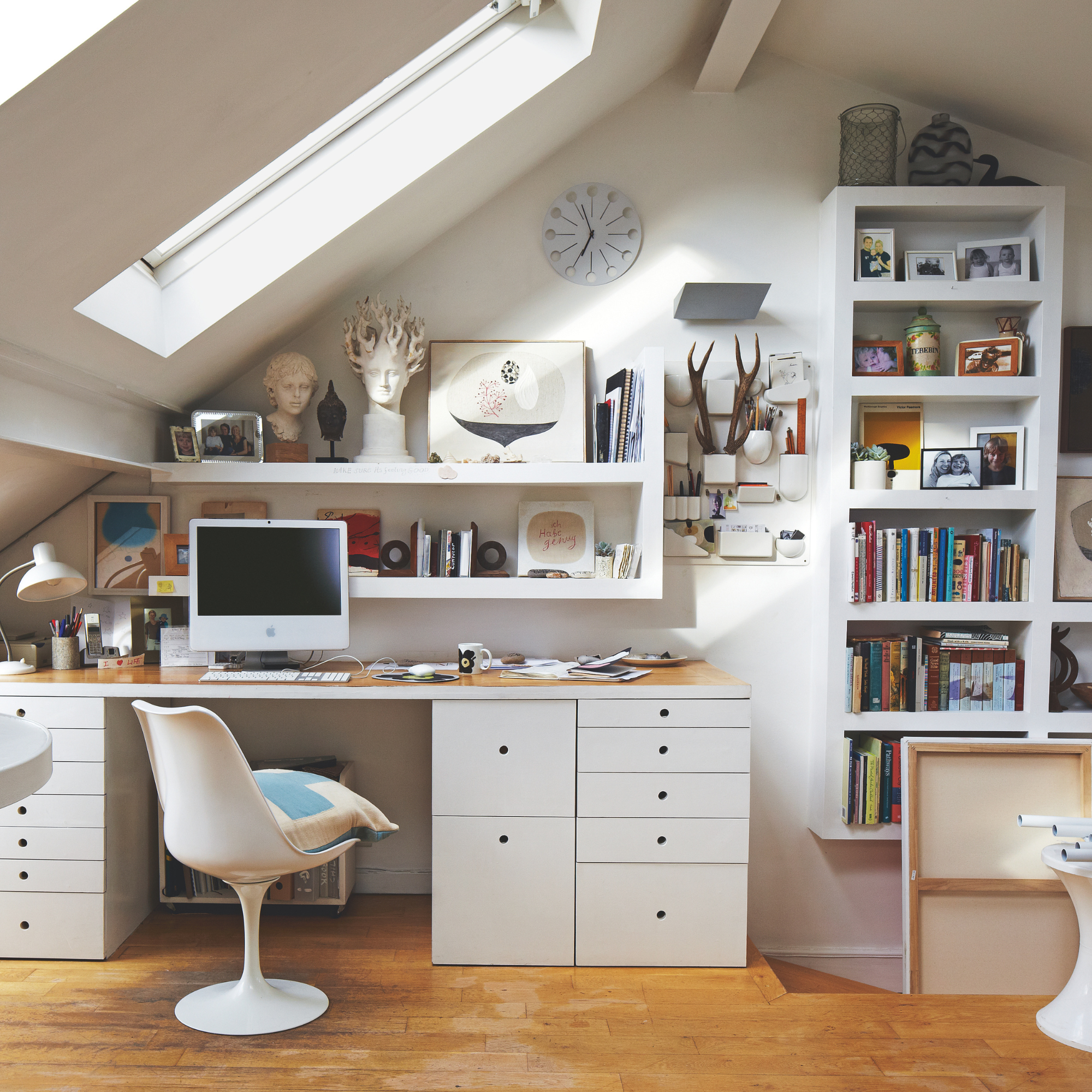
Even if you have a house rule about no eating at the computer or in your home office, keyboards somehow always manage to end up full of crumbs and dust. Fortunately, your vacuum can come to the rescue and help you get rid of all that dust and debris quickly and easily.
Unplug the keyboard (or make sure the computer is off), use your vacuum's brush attachment to run over the keys and get rid of the dust and crumbs, before giving it a wipe down to get rid of more stubborn grime.
The best vacuums for these chores
To make short work of all the tasks on this list, you'll need to make sure you have a vacuum cleaner that's up to the task, and you might find a cordless version gives you the most flexibility. These are the cordless models that scored highly in our testing process:
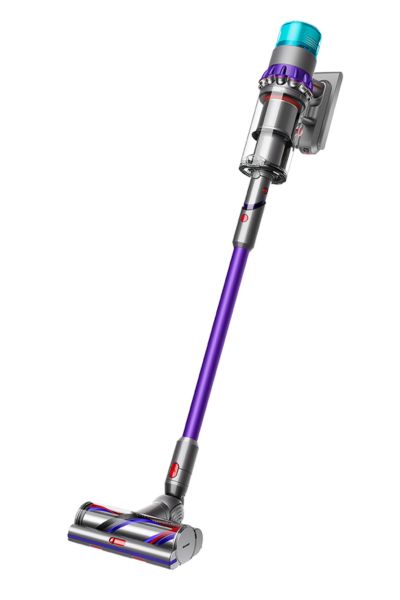
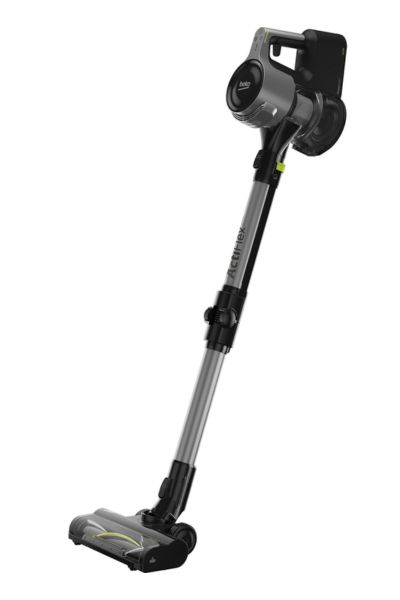
Work through this list and before you know it your home will be truly clean and dust-free.

Sarah Handley has been Ideal Home’s Section Editor for Renovation since September 2024, following three years of looking after the site's home finance content. She has been a journalist since 2007 and has worked for a range of titles including Homebuilding & Renovating, Real Homes, GoodtoKnow, The Money Edit and more.
-
 Will a conservatory add value to your home and how can you maximise it?
Will a conservatory add value to your home and how can you maximise it?This is what the pros say
By Amy Reeves
-
 I’ve been looking for a new signature scent for my home and The White Company's new fragrance is the exact summer holiday smell I needed
I’ve been looking for a new signature scent for my home and The White Company's new fragrance is the exact summer holiday smell I neededSantorini smells fresh, summery and sophisticated
By Kezia Reynolds
-
 How to remove algae from garden walls in five steps – and the cleaning product experts rave about for tackling it fast
How to remove algae from garden walls in five steps – and the cleaning product experts rave about for tackling it fastExperts share their top tips for getting garden walls algae-free
By Katie Sims
-
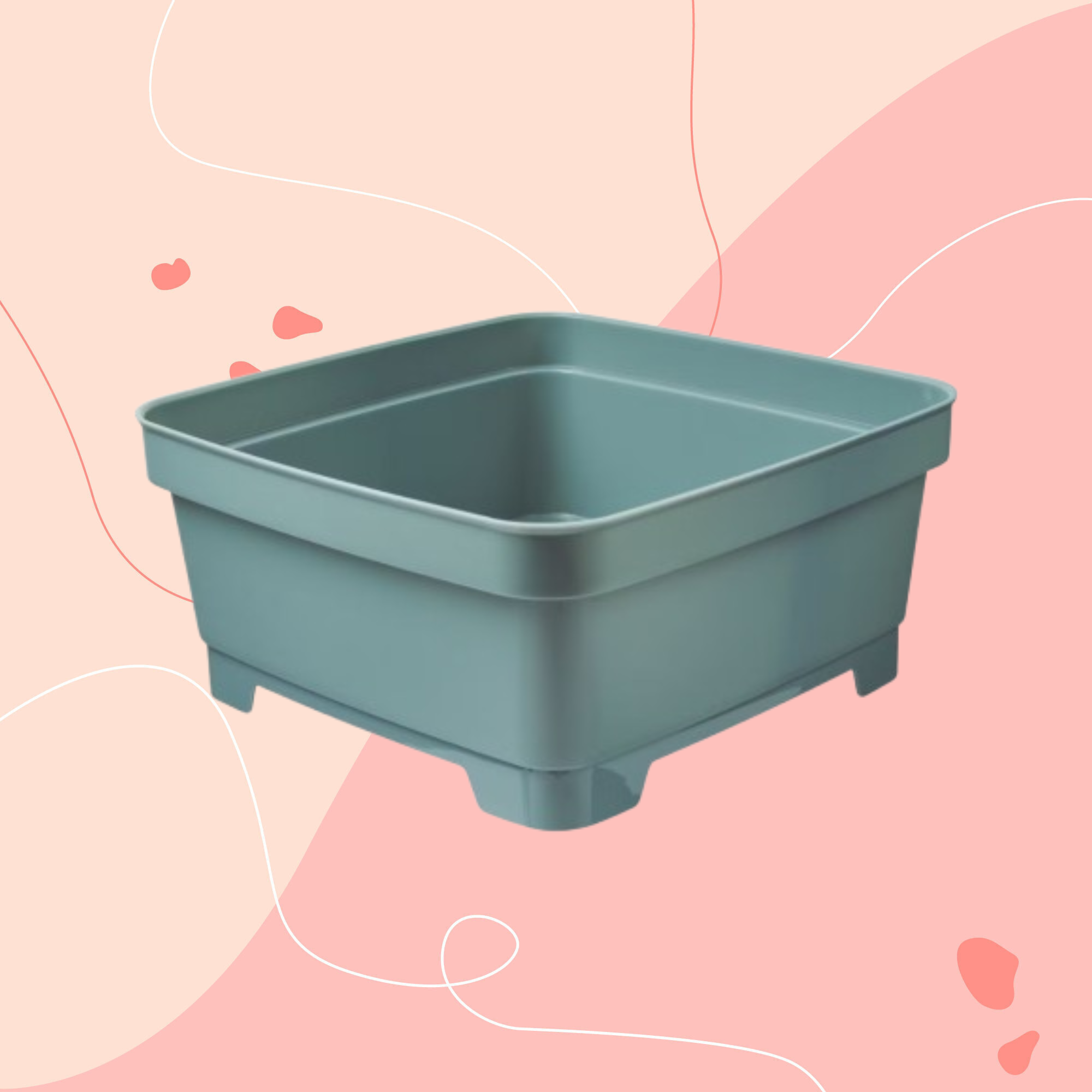 Aldi is releasing a budget alternative to the cult Joseph Joseph washing up bowl – it’s just £4.99
Aldi is releasing a budget alternative to the cult Joseph Joseph washing up bowl – it’s just £4.99The Joseph Joseph washing up bowl is an Ideal Home favourite - now we can't wait to try Aldi's alternative
By Kezia Reynolds
-
 I just bought my first home, and this £10 buy was the very first thing I bought for it to make it feel warmer and secure
I just bought my first home, and this £10 buy was the very first thing I bought for it to make it feel warmer and secureIf I did it all again, this would still be my very first buy
By Rebecca Knight
-
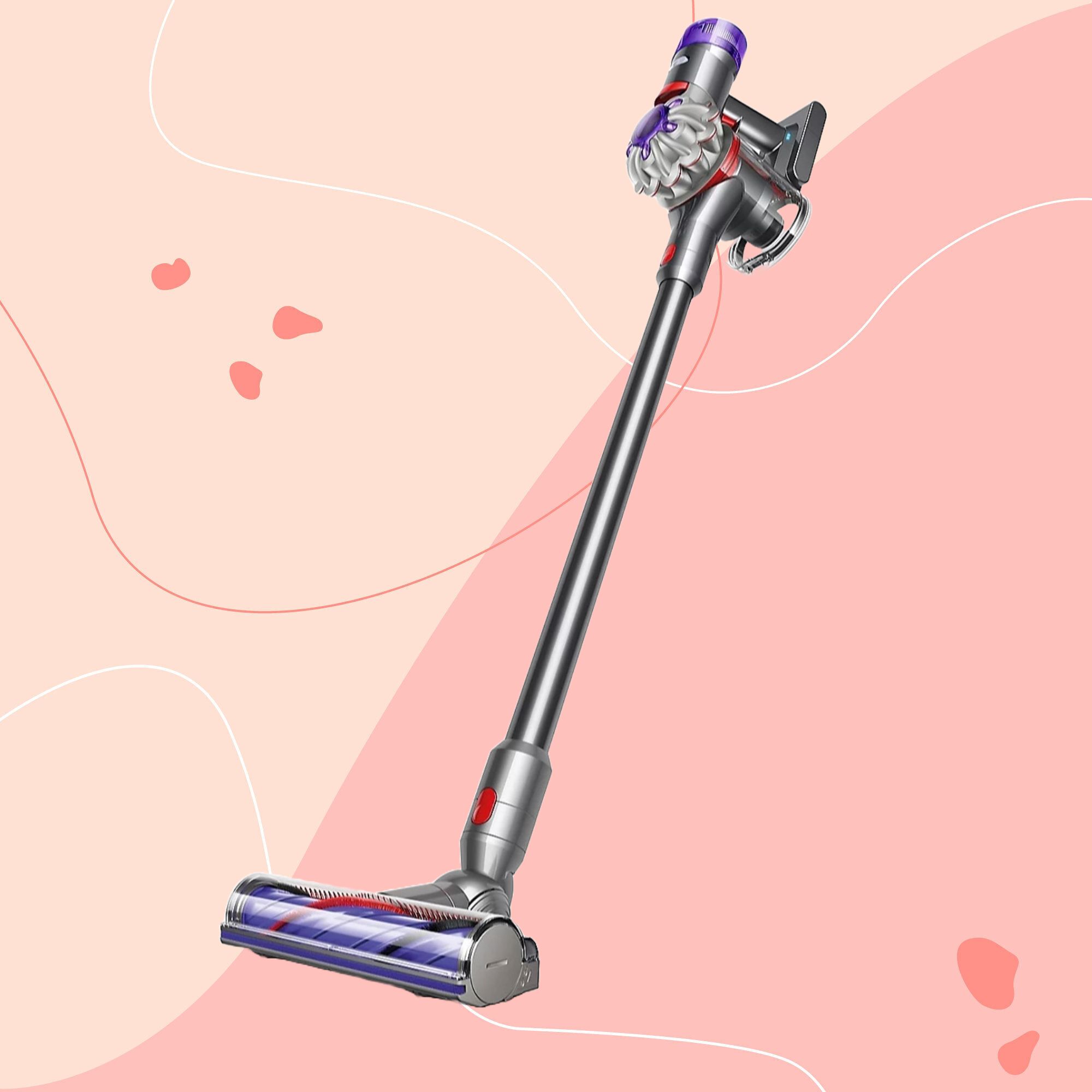 It’s normally impossible to find a Dyson vacuum for under £250 — but QVC has slashed the price of their bestselling models for a limited time
It’s normally impossible to find a Dyson vacuum for under £250 — but QVC has slashed the price of their bestselling models for a limited timeRun don’t walk to pick up the brand’s bestselling model for under £230 before it sells out
By Lauren Bradbury
-
 Catherine Zeta-Jones has revealed the cleaning product she swears by to keep her home fresh - and it’s just £8 on Amazon
Catherine Zeta-Jones has revealed the cleaning product she swears by to keep her home fresh - and it’s just £8 on Amazon'I use it on my counters. I use it on my walls. I use it on my doors. When I smell it, I know my house is clean.'
By Kezia Reynolds
-
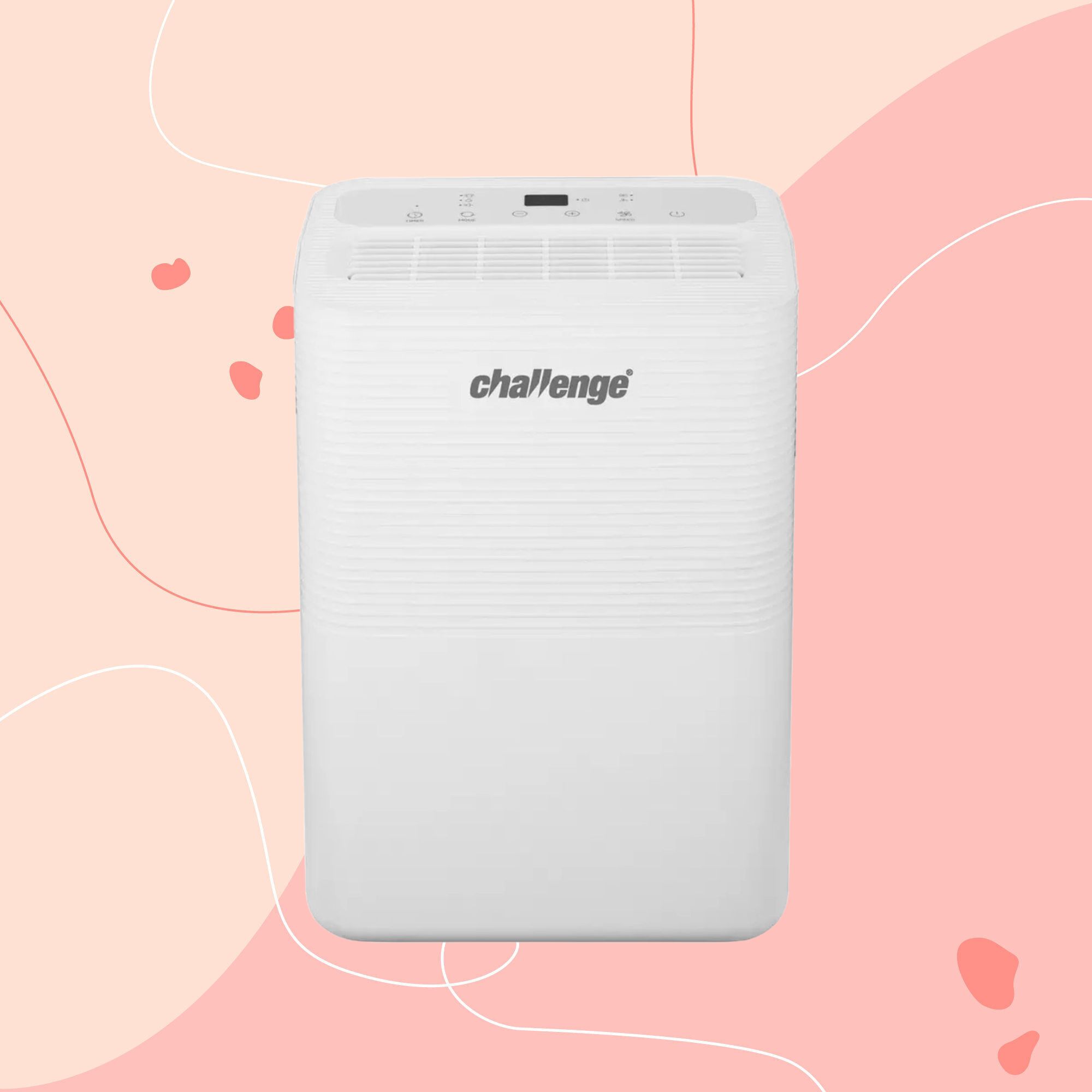 I tested the 12L Challenge dehumidifier in my damp Victorian home over winter — I haven’t spotted any signs of mould for the first time in five years
I tested the 12L Challenge dehumidifier in my damp Victorian home over winter — I haven’t spotted any signs of mould for the first time in five yearsThe Challenge 12L dehumidifier doesn’t have too many bells and whistles, but I can already see the difference it’s made to my damp home
By Lauren Bradbury
-
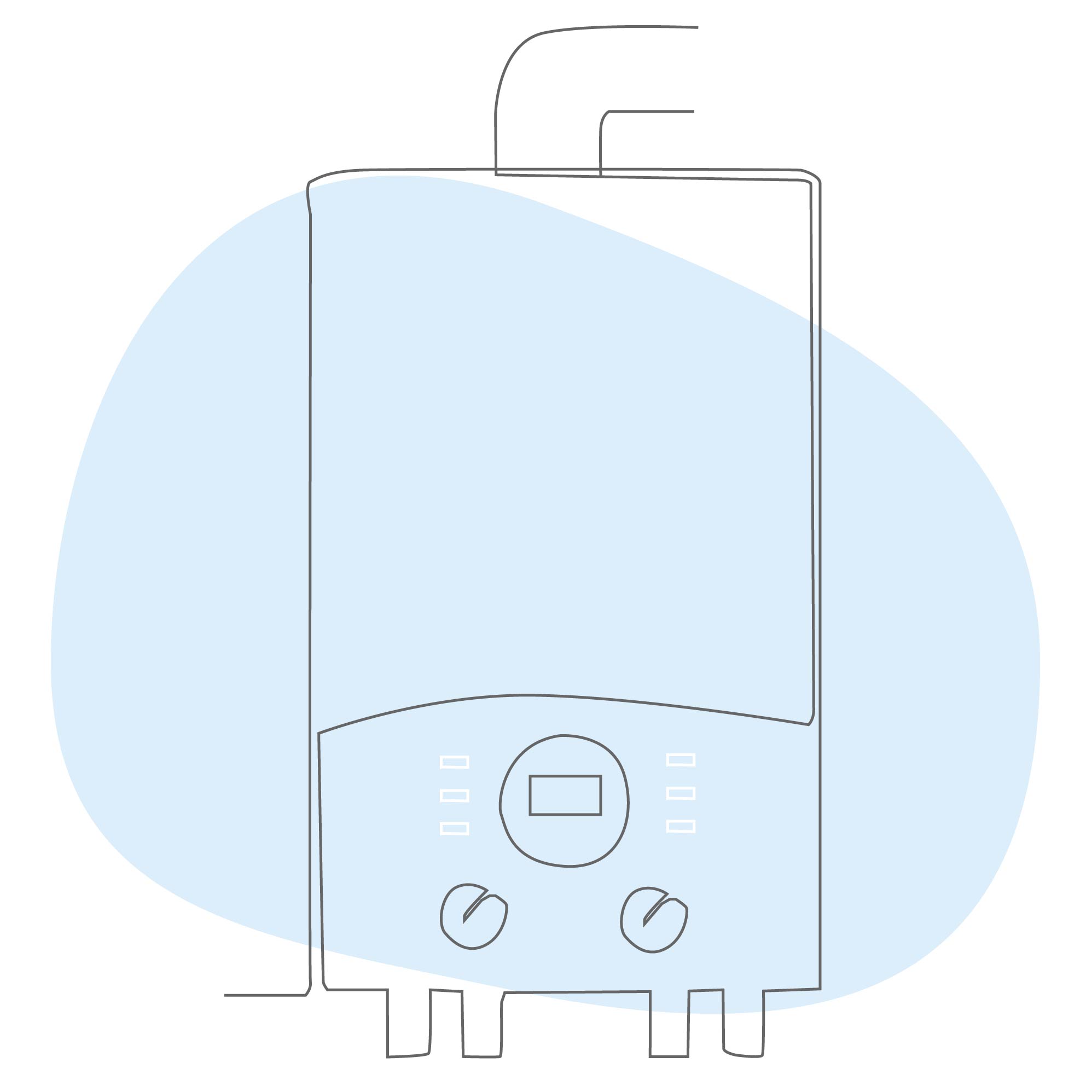 What is boiler flow temperature? Heating experts urge you to check yours now as you could be overpaying on your energy bills
What is boiler flow temperature? Heating experts urge you to check yours now as you could be overpaying on your energy billsTurning this little-known number down just a few degrees can result in some serious savings
By Lauren Bradbury
-
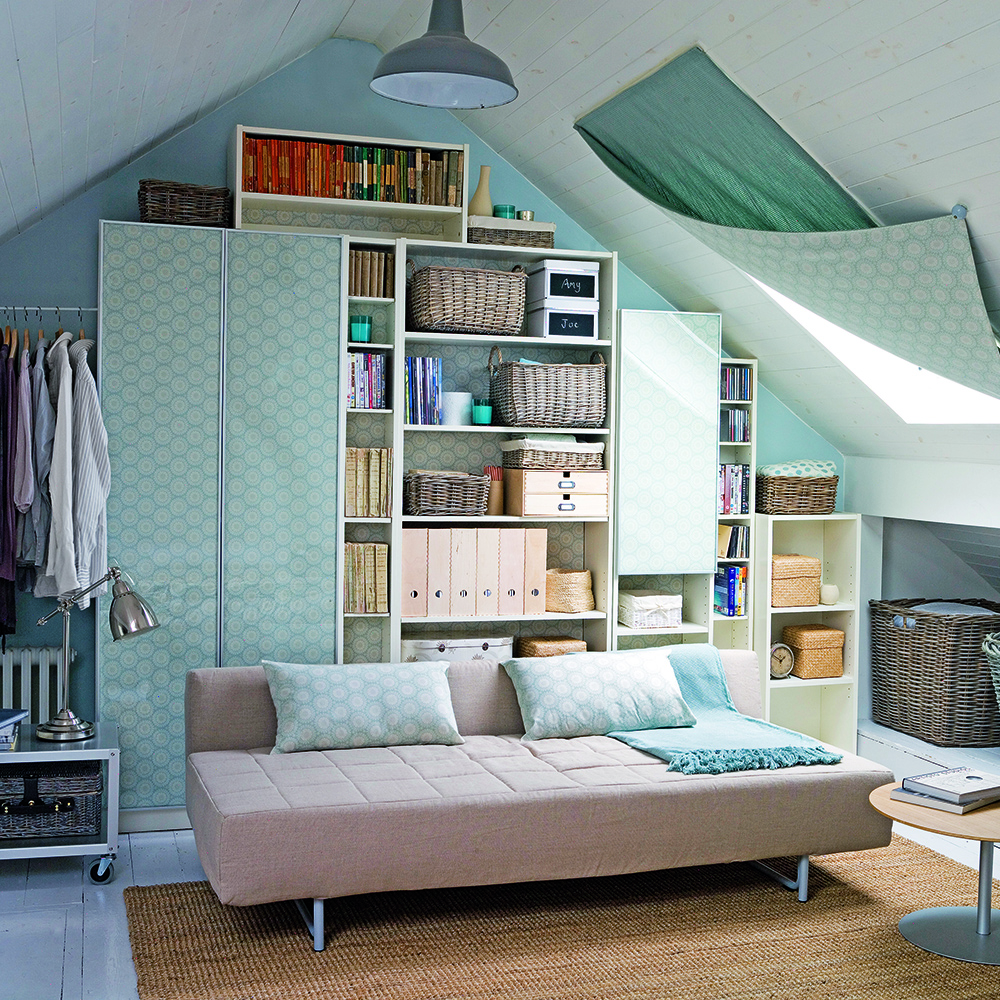 Stacey Solomon has shared 5 nifty wardrobe storage hacks to make getting ready in the morning easier — and they're genius
Stacey Solomon has shared 5 nifty wardrobe storage hacks to make getting ready in the morning easier — and they're geniusThese five wardrobe storage hacks are a gamechanger
By Katie Sims
-
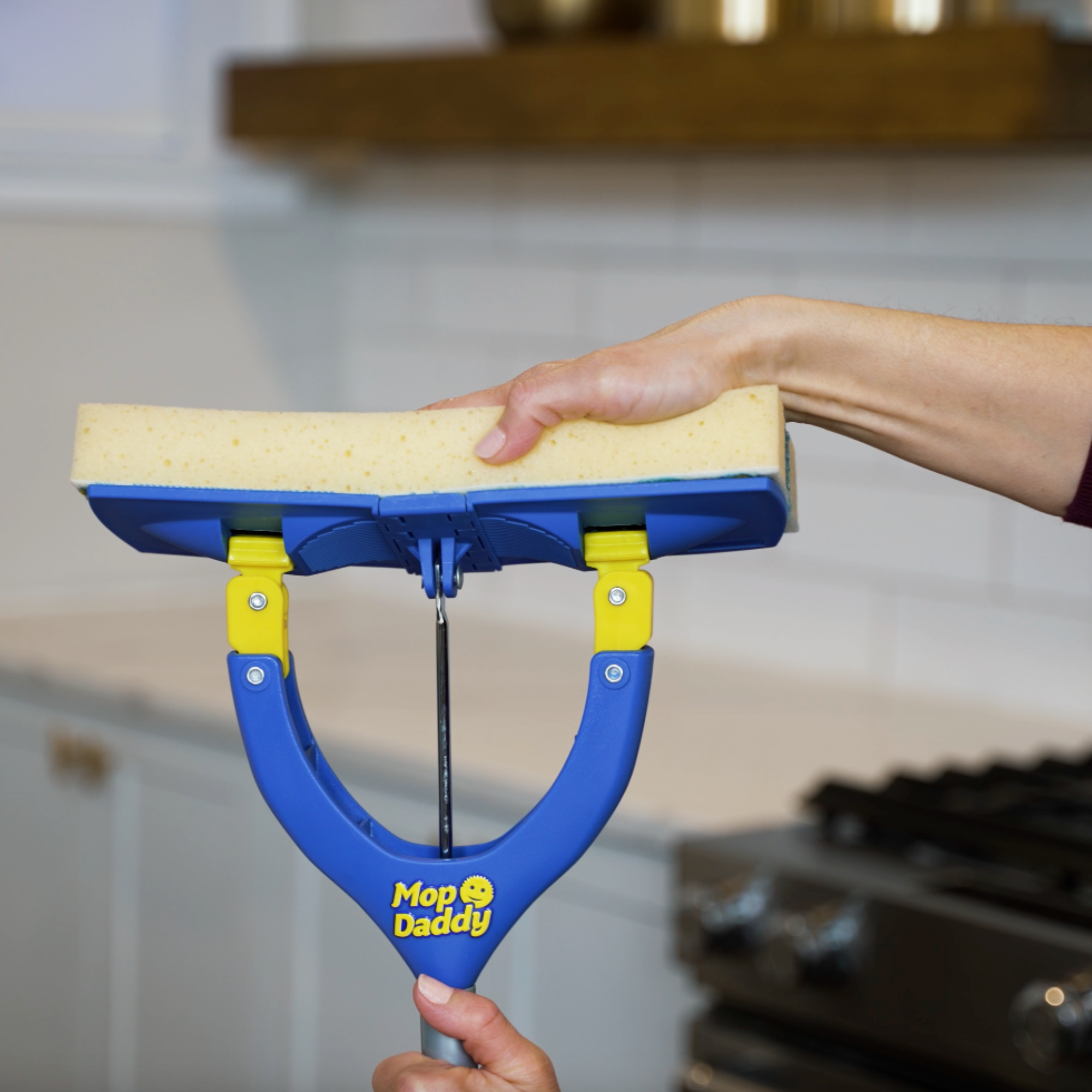 Cult cleaning brand Scrub Daddy has just launched a brand new butterfly mop — could it be the ultimate solution for banishing stubborn marks on your floor?
Cult cleaning brand Scrub Daddy has just launched a brand new butterfly mop — could it be the ultimate solution for banishing stubborn marks on your floor?We're obsessed with all things Scrub Daddy
By Kezia Reynolds
